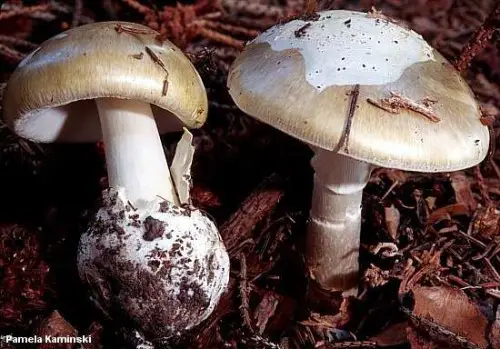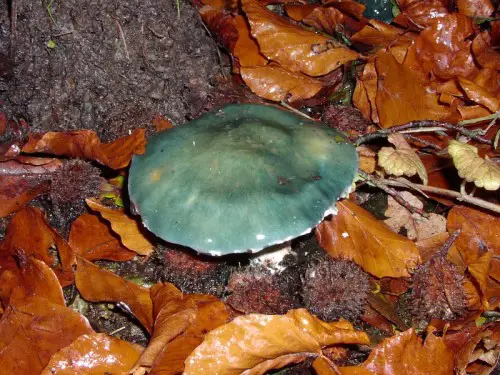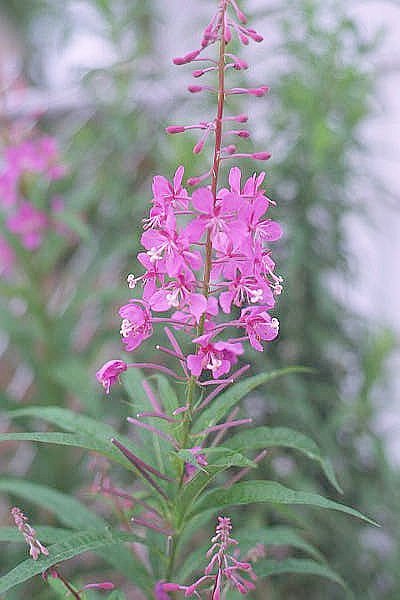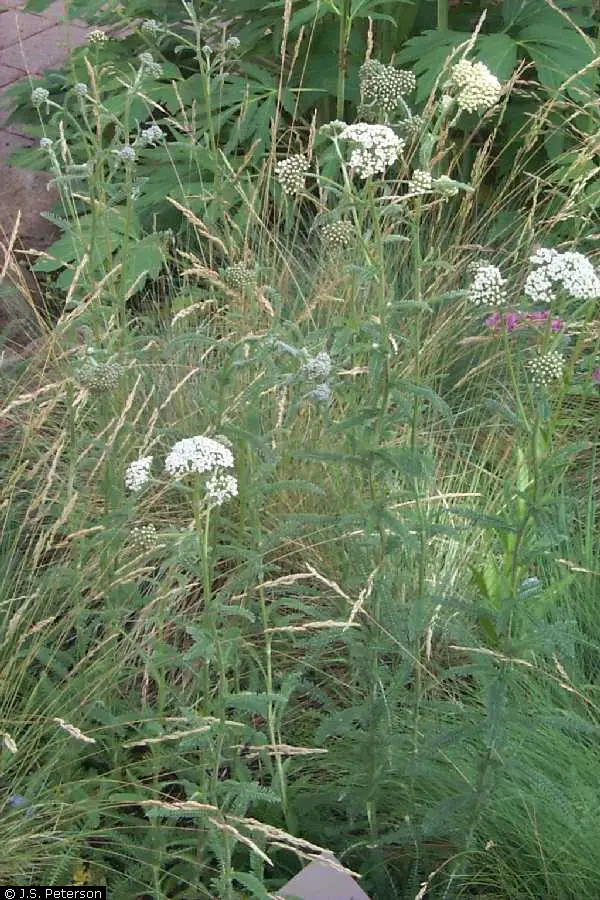Death Cap
More commonly known as the ‘death cap’, the Amanita phalloides is a deadly type of fungus that is in the genus, Amanita. These fungi are found widely across Europe, and can be found near trees with broad leaves. They have also been accidentally introduced into regions with non-native species such as chestnut, oak, and pine.
The death cap has a large and imposing fruiting body. It has a cap that is about 5 to 15 centimetres in radius, and is initally round. However, as it ages, it becomes flattened. The cap’s colour can be olive-green, yellowish, or just paler especially after it has rained. When it is wet, it is sticky and easily peeled. However, this is supposed to be a feature of edible fungi, so this is quite troublesome for ordinary mushroom pickers. It also has a partial veil which is sort of floppy, and measures at about 1 to 1.5 cm below the cap. It also has crowded white gills or lamellae. Its stipe is white, although it does have some grayish-olive scales. Its base is thick, ragged, swollen, and sac-like. However, its base may be hidden by leaf litter. However, this base is an important feature so it is important to move leaf litter before you accidentally eat it.
The smell of the death cap has been described as being honey-sweet. However, this smell strengthens over time and can become overpowering or have a sickly sweet smell.
As its common name suggests, this fungi is very toxic. In fact, it is responsible for most of the fatal mushroom poisonings around the world. Its biochemistry has been intensively researched for decades. It is thought that about 30 grams or just half a cap is enough to kill a human. In 2006, a Polish family was poisoned, which resulted in one death and the others needing liver transplants. Some Government authorities do strongly advise against putting mushrooms that are suspected of being death caps in the same basket as other fungi, in order to avoid touching them. Unlike some of the members of the Amanita family, toxic levels are not removed or reduced by drying, freezing, or even cooking.
If you go mushroom picking, please be careful. Unfortunately, the death cap does look similar to the paddy straw mushroom which is edible. This similarity has led Asian, Australian, and Americans falling victim to this misidentification. Those who are novices at mushroom picking may also mistake juvenile death caps as puffballs which are edible.
Symptoms of eating the death cap include colic, watery diarrhea, abdominal pain, vomiting, hypoglycemia, tachycardia, hypertension, and acid-based disturbances. Symptoms will seem to resolve after 2 to 3 days, and then the liver will deteriorate. This may involve delirium, jaundice, seizures, diarrhea, and even a coma. Renal failure may also occur. There may also be life threatening complications such as intracranial hemorrhage, intracranial pressure, pancreatis, acute rental failure, and cardiac arrest. Death will occur up to 6 to 16 days after the initial poisoning.




